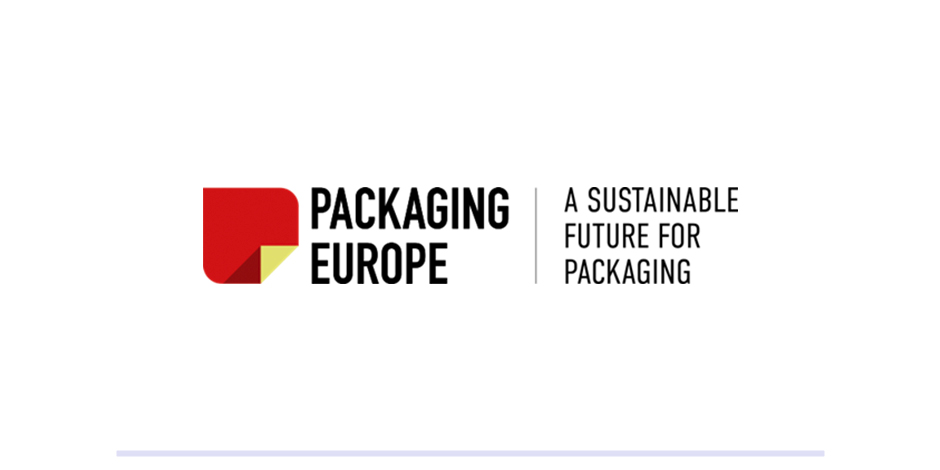Another study from First Insight revealed that the majority of Gen Z shoppers prefer to buy from sustainable brands and are the most willing demographic to spend 10% more on sustainable products! For brands seeking to engage meaningfully with sustainability, communicating with and understanding this cohort now will stand them in good stead for the future.
Brands are ramping up their sustainability efforts, but some brands making big changes are being met with backlash. The conversation around sustainability is evolving, and consumers are becoming increasingly more aware (and cynical) of brands’ sustainability claims. Here we’ll examine different viewpoints on sustainability packaging and messaging and show how a more subtle approach can often mean better results for brands in the long run.
Their brands may rake in billions of dollars’ worth of revenue each year, but even the Kardashians aren’t immune to consumers’ wrath when sustainability efforts fall short. Shapewear brand SKIMS fell foul of this recently when its packaging failed to live up to the brand’s environmentally conscious assertions.
The packaging claimed it wasn’t plastic, but it also came with a logo indicating that it was made from type-4 plastic, or low-density polyethylene (LDPE). SKIMS was immediately accused of greenwashing and the platform Good on You, which ranks brands by sustainability and ethics, gave the brand its lowest rating.

















